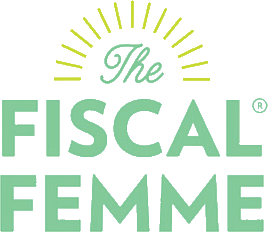![Roth vs. Traditional IRA - which should I choose?]()
True story. My first job offered both a Roth and a Traditional option for a retirement plan. I had no idea what that meant but remember hearing that diversity was good. So I put half of my money in each. I did the same thing with the investment options. 5% going to each of the 20 investment options. My retirement portfolio had a lot going on, to say the least.
We don’t learn about this stuff and then we’re faced with choices that will make a big difference in our financial future. It makes sense that one of the most common questions I get is “what’s the difference between a Roth and Traditional IRA?” I wish I’d known a lot sooner, but it’s better to learn late than to never learn.
We don’t learn about this stuff and then we’re faced with choices that will make a big difference in our financial future. It makes sense that one of the most common questions I get is “what’s the difference between a Roth and Traditional IRA?” I wish I’d known a lot sooner, but it’s better to learn late than to never learn.










